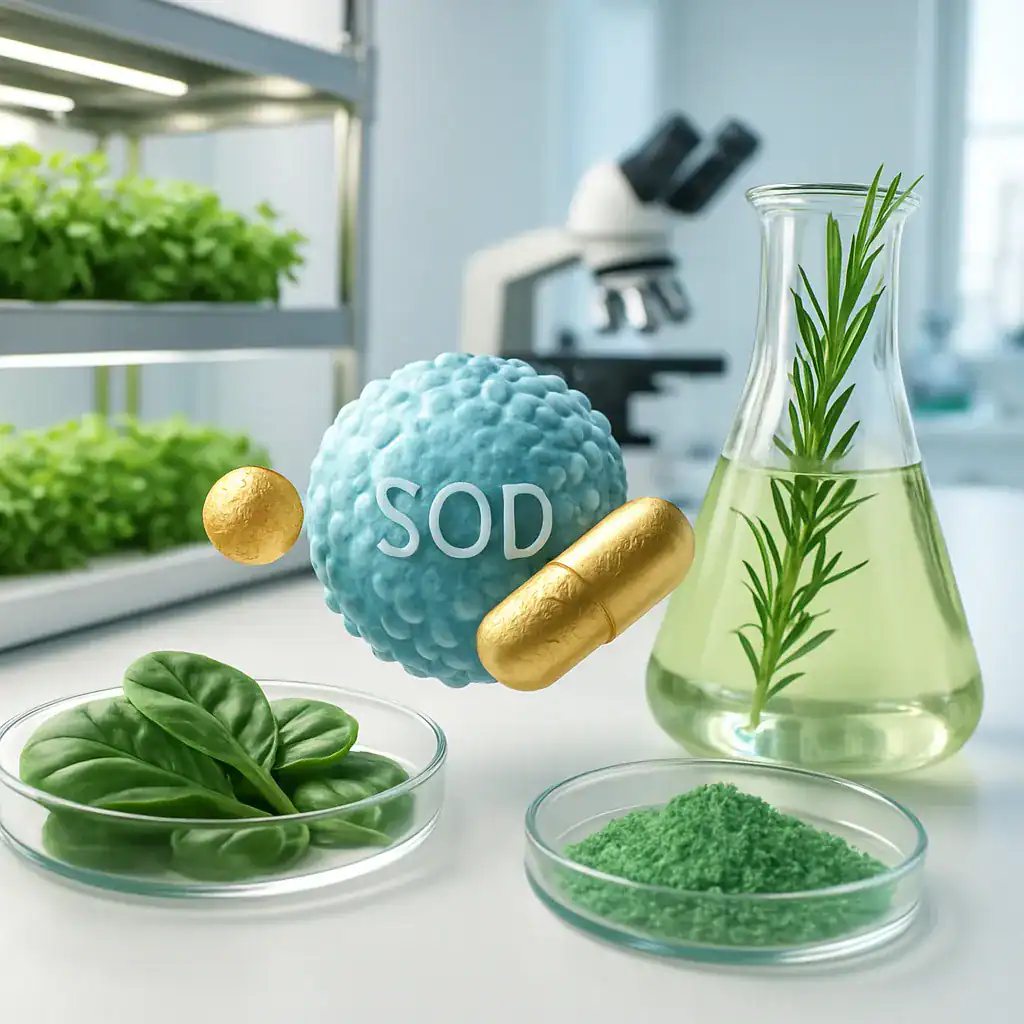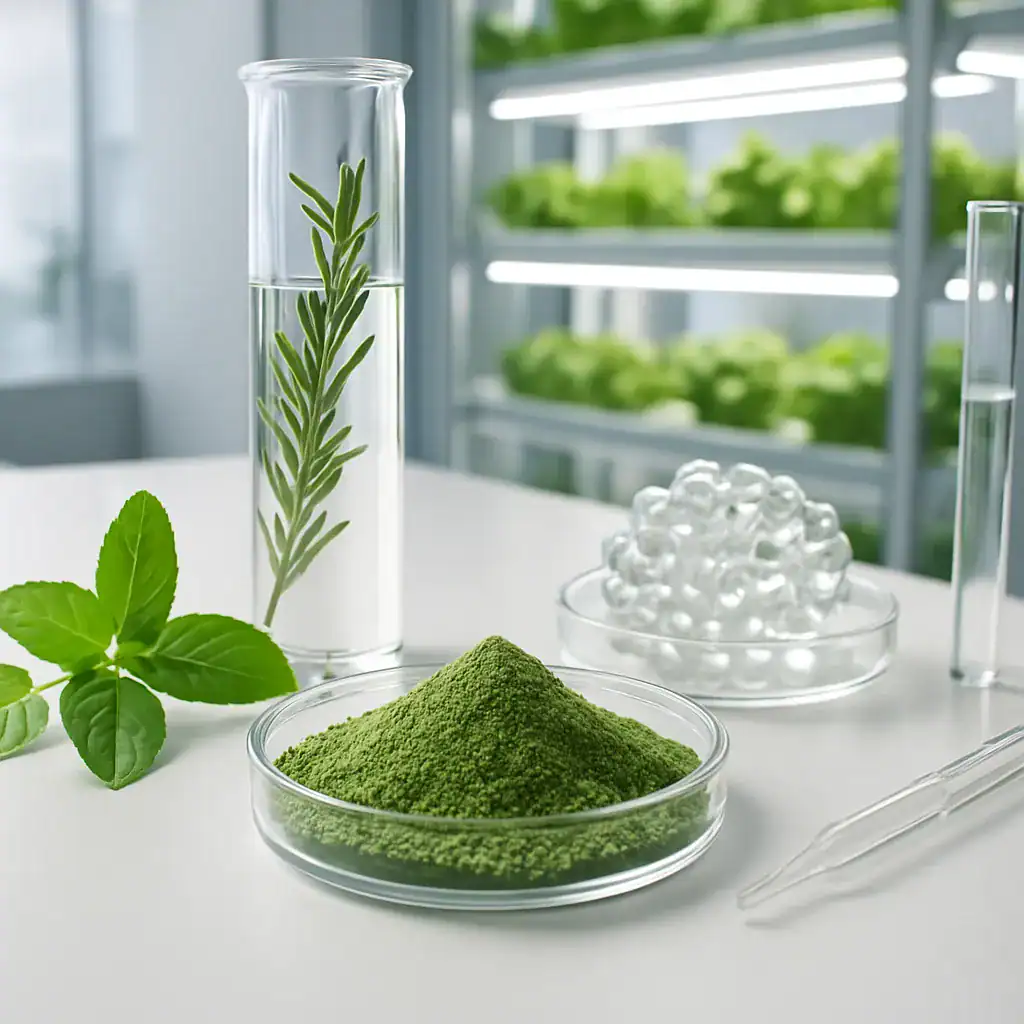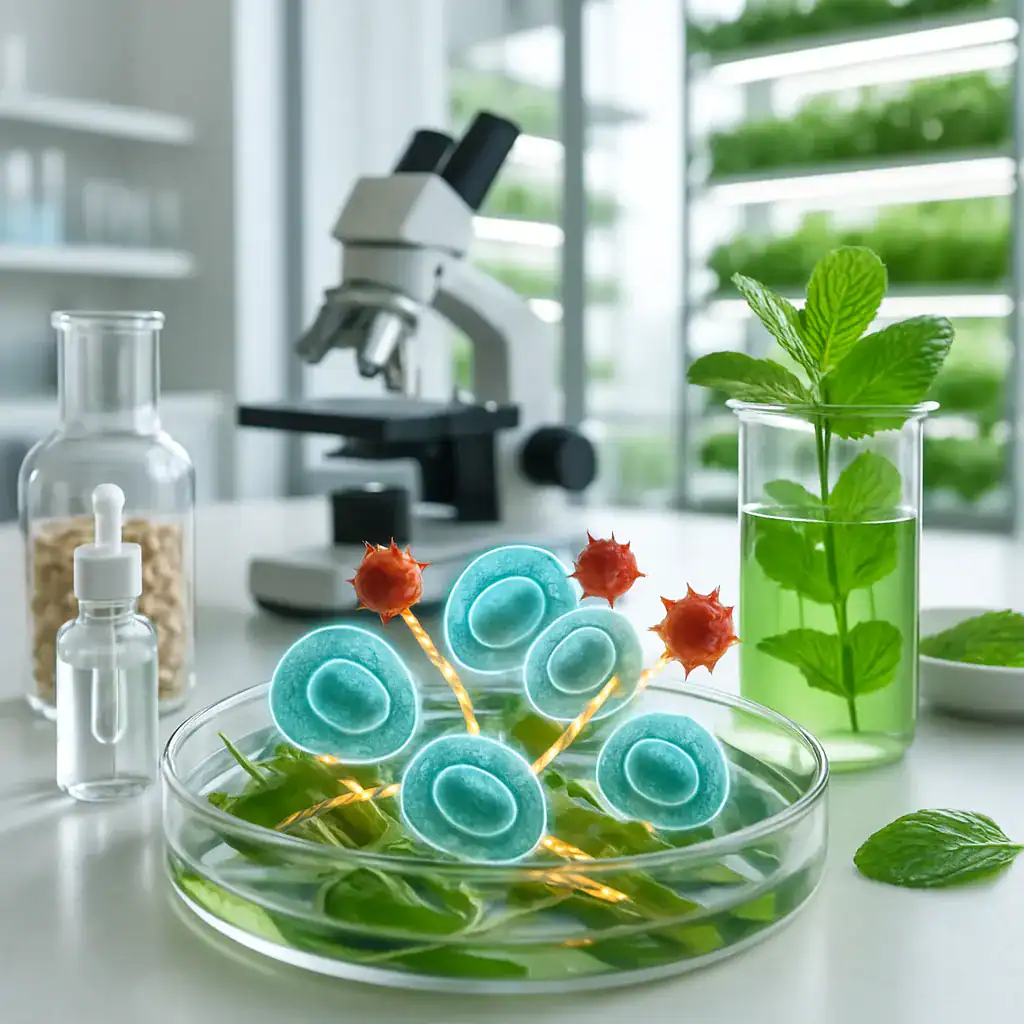Superoxide dismutase anti-aging mechanism: what is it and why does it matter?
SOD reduces oxidative damage to support healthy aging
You want to know what the superoxide dismutase anti-aging mechanism is and how it affects you. This enzyme is a crucial antioxidant enzyme that serves as the body’s first line of defense against oxidative stress by converting harmful superoxide radicals into hydrogen peroxide, which is further neutralized by other systems. Put simply, when these reactive molecules accumulate, they damage cells, proteins, and DNA, accelerating aging and increasing disease risk. By neutralizing free radicals, SOD lowers cellular damage, supporting healthier aging at the tissue level. You may notice this influence in skin, joints, and energy levels, where less oxidative stress often translates to fewer fine lines, less stiffness, and improved resilience. In the skin, reduced damage supports collagen production and the maintenance of hyaluronic acid, contributing to a more resilient barrier and a youthful appearance.
Beyond the body, this mechanism can influence mental health by protecting neurons from oxidative damage, which is linked to mood regulation, cognitive clarity, and stress resilience. When your cells cope with less oxidative stress, energy production improves, which can translate to better focus and stamina throughout the day. Understanding this link helps you evaluate how nutraceutical strategies targeting this mechanism may support overall wellness, not just appearance.
Our Key Areas of Expertise




In-Depth Analysis of the Superoxide Dismutase Anti-Aging Mechanism and Its Relevance to Production and Health
Understanding the Mechanism and Biological Context
In redox biology, multiple enzyme systems coordinate to manage reactive oxygen species. The dismutation of superoxide radicals reduces the burden on downstream defenses, limiting lipid peroxidation and DNA Damage, while supporting appropriate gene expression signaling. The reaction propagates a cascade with glutathione peroxidase and other antioxidant systems, forming a network that preserves cellular integrity across compartments. Different SOD isoforms—SOD1, SOD2, and extracellular SOD (SOD3)—offer protection in cytosol, mitochondria, and the extracellular space, respectively. By maintaining redox balance, this mechanism supports skin, neural, and vascular health, contributing to the overall anti-aging effect without suppressing essential cellular signaling.
From Lab to Shelf: Delivery and Production Pathways
Turning the mechanism into consumer-grade products requires attention to bioavailability. Plant-derived formats within extracellular vesicles enable natural nanocarriers that help deliver active enzyme through the digestive tract and into systemic circulation. PhNóva’s Exosomes Nutra exemplifies this approach by leveraging plant-derived vesicles for improved uptake. For topical applications, approaches such as transdermal delivery and polymeric microneedle platforms are under exploration to deposit active enzyme in the skin’s deeper layers. In research corridors, advanced concepts like scAAV EC-SOD and placental SOD3 illustrate gene- or protein-based strategies that may someday augment SOD activity in target tissues. Together, these pathways shape formulation design, stability criteria, and scalability in nutraceutical manufacturing.
Health Outcomes and Clinical Perspectives
Beyond the cosmetic angle, maintaining redox balance can influence systemic aging trajectories by reducing DNA methylation changes and mitigating cumulative DNA damage across tissues. Improved oxidative control may enhance barrier function in skin and support cognitive resilience under oxidative challenges. Emerging clinical trials examine SOD-containing formulations and exosome-based delivery platforms, informing regulatory expectations and labeling. The interplay between redox status and epigenetic marks is a dynamic research frontier, with potential to refine aging biomarkers and personalized nutrition strategies.
- Leverage Exosomes Nutra for plant-derived extracellular vesicle delivery to improve bioavailability.
- Source ingredients from vertical farming botanics to ensure natural, sustainable SOD-rich inputs.
- Invest in stability and shelf-life optimization to preserve enzyme activity across formulations.
- Explore regulatory pathways and align product claims with emerging clinical trial evidence.
| Source/Delivery | Bioavailability | Notes |
|---|---|---|
| Plant-derived extracellular vesicles (Exosomes Nutra) | High via vesicles | Natural nanocarrier system |
| Extracellular SOD (SOD3) | High in extracellular space | Targeted tissue protection |
| Recombinant SOD formulations | Moderate | Stability dependent |
R&D Consultancy
Discover how PhNóva’s R&D Consultancy can help transform your idea into a market-ready solution — with expert support in formulation, regulatory compliance, and innovative delivery systems to give your product a competitive edge.
FAQ's about Superoxide dismutase anti-aging mechanism: what is it and why does it matter?
What makes the SOD anti-aging mechanism important for everyday health?
The superoxide dismutase anti-aging mechanism acts as a frontline shield against cellular damage from reactive oxygen species. By converting dangerous superoxide radicals into hydrogen peroxide, it reduces oxidative stress that otherwise accelerates aging. This protection lowers the risk of DNA Damage and supports downstream signaling that preserves cellular integrity. In the skin, maintaining redox balance helps sustain collagen production and the health of hyaluronic acid, contributing to a more resilient barrier and youthful appearance.
How do plant-derived extracellular vesicles in Exosomes Nutra improve SOD bioavailability?
Plant-derived extracellular vesicles in Exosomes Nutra work as natural nanocarriers that enhance the delivery and uptake of active enzymes. By encapsulating SOD within these vesicles, the approach protects the protein through digestion and promotes systemic distribution, supporting extracellular SOD activity in tissues and improving protection for skin and joints. This strategy complements existing topical options and aligns with the broader goal of sustainable nutraceutical delivery using plant-based carriers.
What makes transdermal delivery and polymeric microneedles promising for SOD skincare?
Transdermal delivery and polymeric microneedle platforms aim to deposit active SOD into the skin’s deeper layers, bypassing surface barriers and supporting localized antioxidant action. These approaches can strengthen the barrier, reduce oxidative damage to collagen and other matrix components, and help achieve a more radiant complexion while remaining suitable for sensitive skin. Ongoing research seeks to optimize formulation compatibility with humectants and botanicals to maximize tolerability and real-world effectiveness.
Are there any clinical trial signals suggesting SOD-based formulations can support aging processes?
Early results from clinical trials of SOD-containing formulations show potential beyond aesthetics, including improved redox balance and resilience to stress. While outcomes vary with delivery method, some studies report reductions in markers of oxidative damage and favorable epigenetic changes, including effects on DNA methylation patterns in responsive tissues. Regulatory expectations are evolving, but these signals encourage continued investigation into dosing, safety, and meaningful health outcomes related to aging and cognitive resilience.
How do SOD enzymes influence skin aging through collagen and hyaluronic acid?
Maintaining redox balance via SOD helps combat lipid peroxidation and preserve the extracellular matrix, supporting collagen integrity and the retention of hyaluronic acid. By reducing oxidative interference, SOD helps maintain skin turgor and barrier function, contributing to a smoother, more resilient complexion. This illustrates how antioxidant enzymes can complement lifestyle choices and routine skincare for healthier aging skin.
What regulatory considerations should brands know when marketing SOD-based nutraceuticals?
Regulatory considerations center on quality, safety, and substantiation. As evidence evolves, brands should align claims with data and avoid overstating benefits. Emphasize consistent manufacturing controls and appropriate labeling for SOD variants and plant-derived exosomes. Build a robust dossier, including stability data and potential interactions with antioxidants such as Vitamin C, to support risk assessment and consumer trust.
Can you explain the differences between intracellular SOD1/2 and extracellular SOD (SOD3) in tissue protection?
Cells rely on multiple SOD isoforms: SOD1 and SOD2 function inside the cytosol and mitochondria, respectively, while extracellular SOD (SOD3) operates outside cells to guard tissues such as skin and vessels. This distribution preserves redox balance across compartments, reducing oxidative insults in extracellular spaces. Understanding these roles helps tailor delivery strategies for systemic versus topical products aiming at joint, vascular, or dermal protection.
Get in Touch with PhNóva
Have questions or need expert guidance? Contact us today — our team is ready to assist you with tailored solutions for your formulations.

13/08/2025






